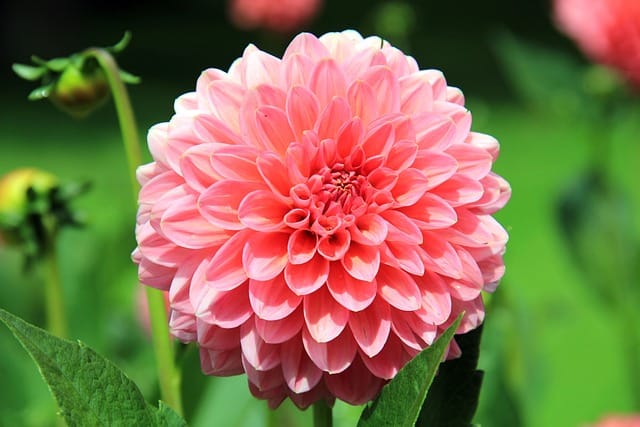Daily gardening tips: Plant nasturtiums to deter pests like aphids
In your garden, pests like aphids can wreak havoc on your plants, causing damage and hindering their growth

In this article:
Introduction
In your garden, pests like aphids can wreak havoc on your plants, causing damage and hindering their growth. However, there is a natural and effective way to deter these pests without resorting to harmful pesticides. By planting nasturtiums, you can not only enhance the beauty of your garden but also create a natural barrier that aphids will find unattractive. Nasturtiums are not only visually appealing but also serve as sacrificial plants, luring aphids away from your other prized plants. Let's delve into this helpful gardening tip and learn more about how nasturtiums can aid your pest management efforts.
Understanding Aphids
Aphids are small, soft-bodied insects that prey on many plants found in gardens. They are typically green but can also be black, brown, yellow, or even pink. These tiny pests reproduce rapidly and feed on sap, causing leaves to wilt, yellow, or even die. Aphids secrete a sticky substance called honeydew, which attracts ants and can lead to the growth of sooty mold. By controlling aphid populations, you can protect your garden and keep plants healthy.
The Power of Nasturtiums
Nasturtiums, with their vibrant flowers and distinct circular leaves, are not only beautiful but can be a valuable tool in your pest control strategy. They possess properties that naturally repel aphids, making them an excellent companion plant.
How Nasturtiums Deter Aphids
Nasturtiums produce mustard oils, which give them their pungent aroma. These oils act as a natural repellent to pests like aphids. When an aphid encounters a nasturtium plant, it is deterred by the smell and taste, preventing them from feasting on your other plants.
Nasturtiums as Sacrificial Plants
Aside from repelling aphids, nasturtiums have another useful role in pest management. These plants attract aphids, acting as sacrificial plants. Aphids are drawn to the lush nasturtium leaves, where they will preferentially feed. By luring aphids away from your vegetables or ornamental plants, you can protect your prized flora while keeping your garden in balance.
Planting and Caring for Nasturtiums
Nasturtiums are easy to grow and care for, making them a fantastic addition to any garden. Here are some steps to get you started:
1. Selecting the Right Varieties
Nasturtiums come in various colors and sizes. Choose the ones that suit your preferences and complement the overall look of your garden. Some recommended varieties include Alaska, Empress of India, and Jewel of Africa.
2. Ideal Planting Conditions
Nasturtiums thrive in well-draining soil and full sunlight. They are fairly adaptable and can tolerate various soil types, but rich, fertile soil will promote healthy growth and blooming.
3. Planting Seeds or Seedlings
You can plant nasturtium seeds directly in the garden after the threat of frost has passed. Alternatively, start seeds indoors a few weeks before the last frost date and transplant the seedlings outside. Space the seeds or seedlings according to the variety's specific instructions, usually a few inches apart.
4. Watering and Maintenance
Nasturtiums require regular watering to establish strong roots. Keep the soil consistently moist but not waterlogged. Avoid overhead watering as wet foliage can increase the risk of diseases. Nasturtiums are relatively low-maintenance and benefit from light fertilization throughout the growing season.
Conclusion
Planting nasturtiums in your garden is a win-win situation. You can enhance the beauty of your outdoor space while deterring pests like aphids naturally. By attracting aphids away from your other plants, nasturtiums act as sacrificial plants, ensuring the overall health of your garden. Embrace this gardening tip and say goodbye to aphid infestations, allowing your plants to thrive in a pest-controlled environment.
